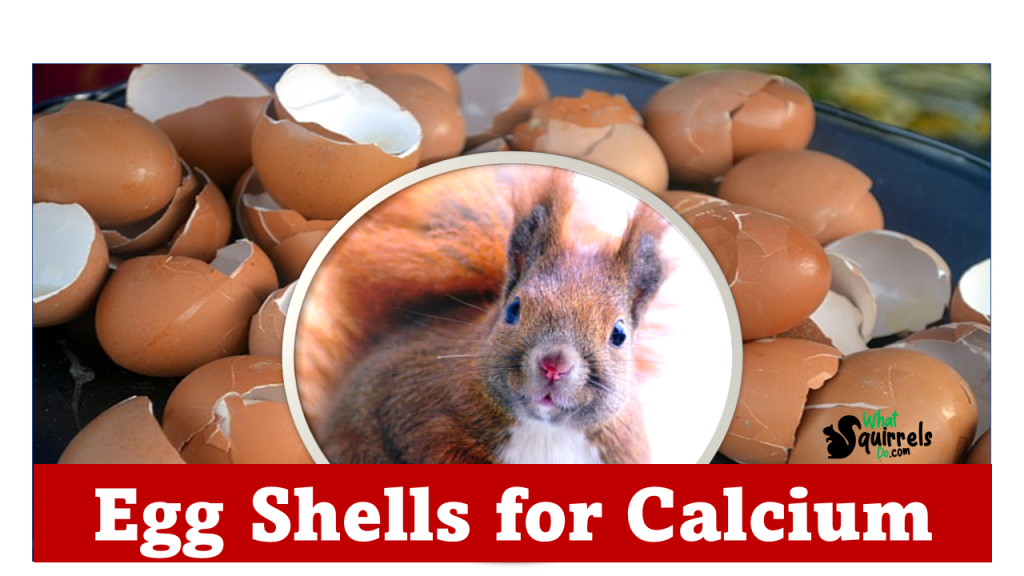If you’re just getting started learning about squirrels, no doubt you’re learning that Calcium, (Ca ) intake is one hot topic.
That’s because whether wild or captive, young or old: squirrels have high calcium demand.
Without enough, squirrels are at risk for stunted growth and painful diseases if they don’t get treated with calcium supplements.
Table of Contents - Click to Open
Foods High in Calcium for Squirrels that Forage
While there many good sources of calcium for squirrels, today we’ll list 10 likely foods that are going to be available to most wild squirrels.
Of course, a squirrel’s individual habitat will dictate which calcium food sources are most reliable. But this list should give you a good idea for what squirrels do get calcium from in your area.
Top 10 List of Foods High in Calcium that Wild Squirrels find Naturally
1. Bones
Squirrels in the wild chew on bones. As the gnawing action scrapes and splinters the bone into fragments of dust, the squirrel gets a calcium boost.
While foraging, wild squirrels will locate and feed on discarded bones such as those picked clean by birds of prey, and bones just beneath the earth’s surface.
Not only is this one of the leading ways for a squirrel to get calcium naturally, bone gnawing helps prevent incisor overgrowth that can lead to overbites and underbites.
There are a few good videos of squirrels gnawing on bones and I’ve listed one below. This squirrel is chewing on a steak bone that has been attached to a fence post.
Giving squirrels cooked bones could be problematic, especially bones that are roasted for a long time. We all know that dry, roasted, baked bones splinter and can cause damage to an animal’s digestive tract.
So if interested, offer raw, which would mimic the bones as squirrel would find in the wild.
2. Bird Eggs
From the inside out, eggs provide wild squirrels with calcium. Eggs become even richer in calcium as the bird develops its skeleton.
Squirrels aren’t usually observed getting into fights in order to steal eggs, but they will go after vacant nests. Plus, nests filled with eggs fall and blow out of trees all the time.
Unfortunate for the bird parents, but these mishaps make easy snacks for squirrels and they are loaded with calcium. You can read even more about using egg shells for squirrels.
Video of squirrel in the wild eating eggs which have lots of calcium
3. Antlers
Broken and shed antlers are a tremendous source of calcium for wild squirrels. Luckily, antlers are a renewable resource, rich in calcium, lower in phosphorous, and no one has to die.
You and I probably step right over dropped antlers. But squirrels living in the wild seem to know where to find them.
If the antler size is manageable, expect a squirrel to take off with it.
If the antlers are too large, squirrels will have to risk becoming a meal themselves, as they enjoy this calcium-dense, annual resource.
Wild squirrel captured on video eating high calcium deer antler
4. Forest Floors
Soil, at least the kind found in a fertile, thriving forest can be loaded with minerals, including calcium. Wild squirrels will often dig and eat the forest dirt as part of their regular diet.
Imagine years and years of nuts, grasses, buds, leaves, bark, bones, teeth, etc., that have been decomposing into calcium loaded piles.
However, don’t try to equate that with something like garden topsoil or regular yards. Though calcium is possible here, it’s not likely to be a reliable, healthy source.
Except for possibly…
5. Compost Piles
Wild, city squirrels may not have access to rich forest soil, but they can get many nutrients by way of the humans who participate in composting.
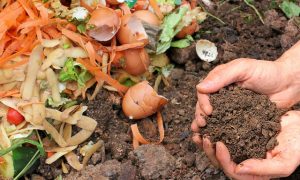
If you’ve got a healthy, mineral rich compost pile, chances are you’ve seen wild squirrels foraging in the heap.
Discarded egg shells, calcium rich food waste such as wilted greens can be a real calcium treat for wild squirrels.
6. Weeds
Dandelion greens, wild violet greens, certain clovers that we think of as weeds are natural, calcium rich foods for squirrels.
You now have the perfect excuse to stop using lawn pesticides and let those dandelions grow freely. The squirrels will definitely thank you!
Video of wild squirrel eating calcium rich dandelion greens
7. Gardens
Your garden is a good source of calcium for wild squirrels. The best squirrel gardens feature leafy greens such as collards, dark lettuce varieties, and the the greens shooting up from turnips and beets.
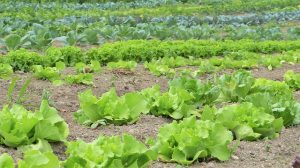
No doubt, if you’ve ever tried growing these calcium-dense veggies, you’ve seen bite marks from wild squirrels.
8. Snails & Slugs
Whether directly, or indirectly snails could be loaded with calcium. That’s because snails and slugs eat lots of algae, and algae has one of the highest sources of calcium known.
So much so that calcium supplements have been made from algae. Red algae, reportedly having nearly 3x the amount of calcium than green.
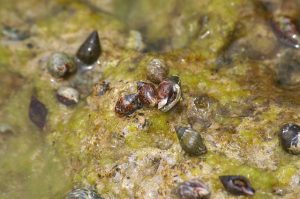
The same can be said about slugs, clams, mussels, etc., Most mollusks eat large quantities of algae.
So when a wild squirrel eats a garden slug, soft shell snail, clam etc., chances are excellent that they’re getting a high dose of calcium.
And while they’re at it, wild squirrels can gnaw the shells for even more calcium and teeth grooming.
9. Larvae
Grubs, bees, fly, beetle larvae are all decent sources of calcium for wild squirrels. Did you know that one larvae in particular is loaded with calcium and low in phosphorus?
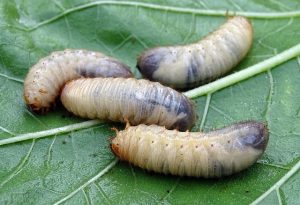
It’s the black soldier fly larvae. With a 3 to 1 ratio of calcium to phosphorous, this larvae is ideal for wild squirrels and lots of other animals that need to maintain calcium levels.
10. Bark
If you’ve ever seen a wild squirrel eating tree bark, it may have been trying to get some calcium. Calcium in tree bark could be present for 2 reasons:
- the bark itself contains calcium
- the bark is covered in a calcium rich algae growth
You’ve probably seen it before, greenish tint to a tree trunk. Squirrels will eat algae and fungus that can be found on the surface of tree bark.
In doing so, they will consume a wide range of nutrients, including calcium. Interestingly enough, this can also make their urine dark brown or green.
In Summary
No matter the age, wild squirrels desperately need calcium. Nursing babies will get it from their mother’s milk and after that, they are on their own.
Rich calcium sources are in the environment, but frankly, not always in abundance in cities and suburbs. Combine that with squirrels being overfed corn, seeds, bread and low calcium nuts and it’s a slippery slope.
This is why squirrels spend most of their waking hours foraging for foods with the right nutrients.
Beware though, the goal is not to load a squirrel with calcium. In fact, overdose could happen and needs to be avoided.
Be sure to check out our homepage for more squirrel resources.

